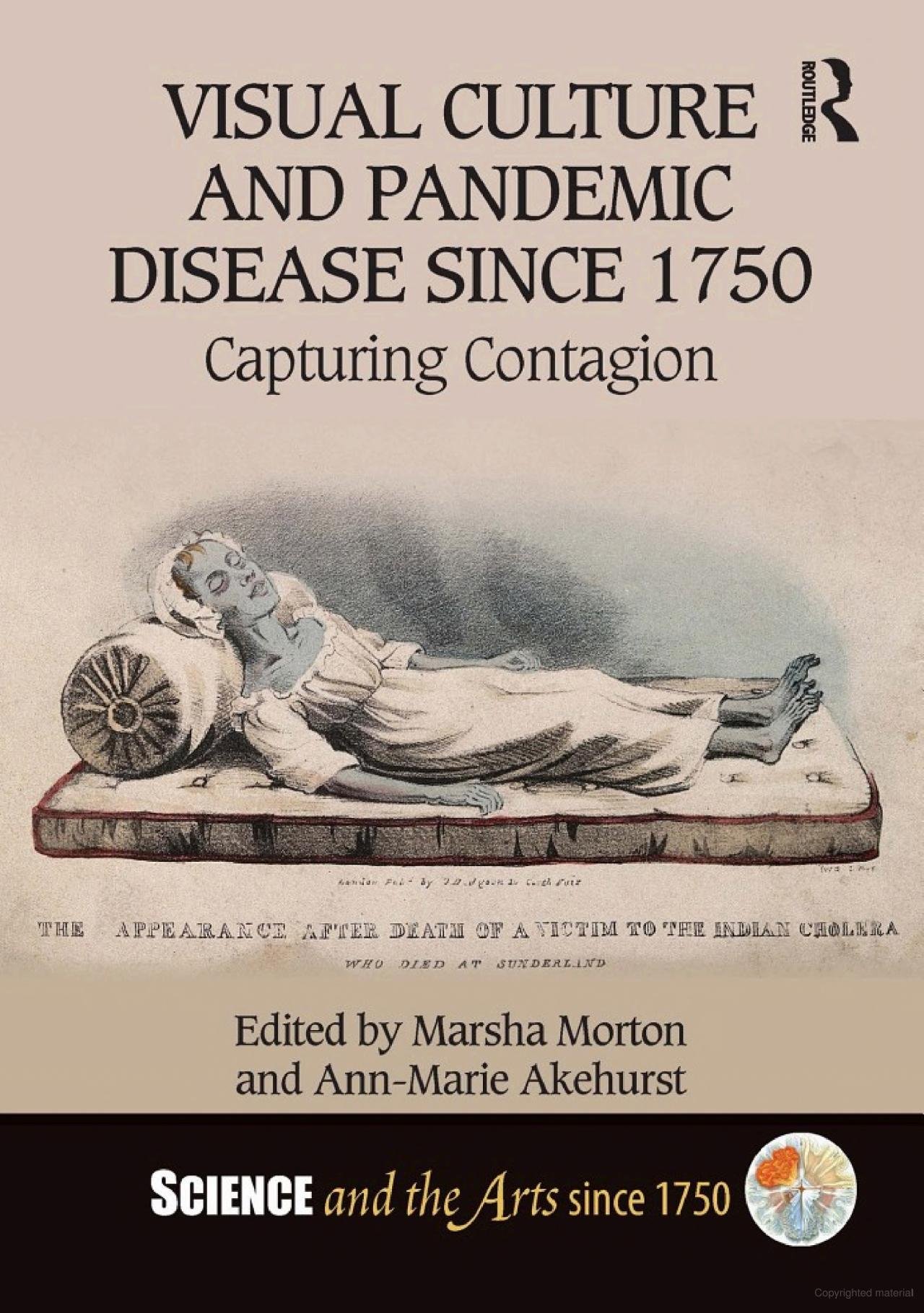book chapter
Deconstructing the Story of a Contagion:
Tuberculosis and Its Representations in Early Republican Turkey
in Visual Culture and Pandemic Disease Since 1750: Capturing Contagion, edited by Marsha Morton and Ann-Marie Akehurst, 225–45. New York: Routledge, 2023.
(with Alev Berberoğlu)
The nation-building in Turkey was marked with the Kemalist regime’s progressivist reforms to leave behind the Ottoman past and emerge as a robust society. Posing a major threat to the wellbeing of citizens, epidemics were detrimental to these ideals. Tuberculosis, in particular, was perceived as a national issue and associated with ignorance and socially irresponsible behavior. With the germ theory of disease, Turkish public health experts focused on contagion prevention. Accordingly, sanitation campaigns incorporated visual and textual narratives to promote the preventive approaches of medicine, make visible the invisible pathogens and create public consciousness with a sense of hygienic modernity. This chapter examines the pedagogical role of visual media in the fight against tuberculosis in early Republican Turkey. It analyzes the socio-cultural dimensions of medical concepts, concentrating on two case studies: The tuberculosis pictures in Sıhhi Müze Atlası (1926) created by Dr. Hikmet Hamdi, and the diagrams in the 1935 Ankara Hygiene Exhibition organized by Dr. Wilhelm Wadler. Both cases contained advice about the contagion of tuberculosis and presented texts with images to disseminate medical knowledge. Despite their shared aim in visualizing tuberculosis contagion, they display significant differences which document the changing social connotations of disease, as well as the shifting discourses and practices of medicine over the interwar years. They also reflect the shifting political dynamics, developments in public health services, and changing aesthetic preferences in Turkey from the 1920s to the 1930s.
